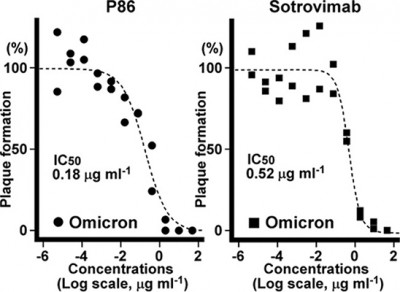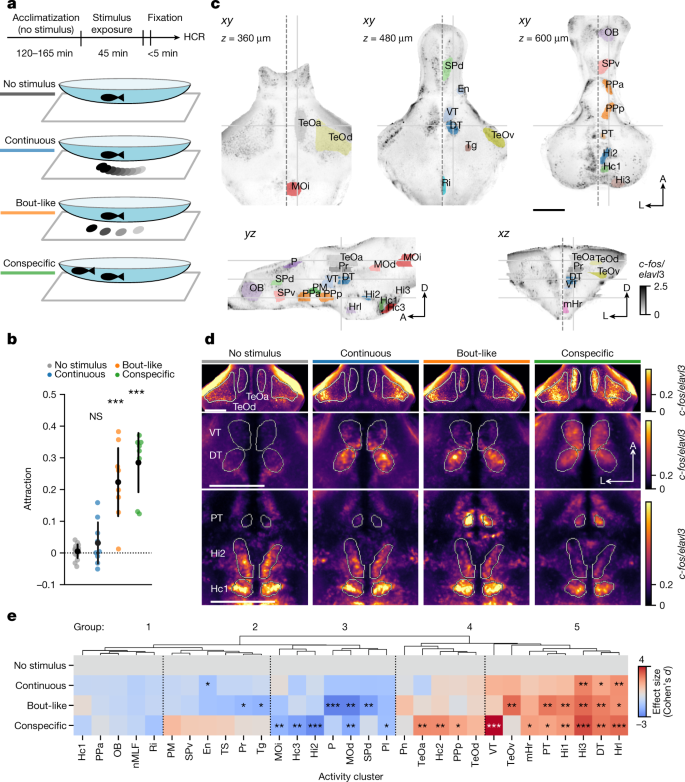血液検査によって、血液細胞の産生状態の変化を特定し、高齢者の白血病発症リスクを数年前に予測できる可能性がある。 A blood test could predict risk of developing leukaemia in the elderly population years in advance by identifying changes in blood cell production, according to new research.
2022-07-14 エディンバラ大学
その結果、白血病でない人の幹細胞を測定した結果、特定の変異が幹細胞に明確な適性を与えることが判明した。このことから、白血病のリスクを決定する変異を持つ細胞の成長速度を予測することができる。
<関連情報>
- https://www.ed.ac.uk/news/2022/blood-test-could-predict-future-risk-of-leukaemia
- https://www.nature.com/articles/s41591-022-01883-3
クローン性造血の縦断的ダイナミクスから遺伝子特異的な適合度効果を特定する Longitudinal dynamics of clonal hematopoiesis identifies gene-specific fitness effects
Neil A. Robertson,Eric Latorre-Crespo,Maria Terradas-Terradas,Jorge Lemos-Portela,Alison C. Purcell,Benjamin J. Livesey,Robert F. Hillary,Lee Murphy,Angie Fawkes,Louise MacGillivray,Mhairi Copland,Riccardo E. Marioni,Joseph A. Marsh,Sarah E. Harris,Simon R. Cox,Ian J. Deary,Linus J. Schumacher,Kristina Kirschner & Tamir Chandra
Nature Medicine Published04 July 2022
DOIhttps://doi.org/10.1038/s41591-022-01883-3

Abstract
Clonal hematopoiesis of indeterminate potential (CHIP) increases rapidly in prevalence beyond age 60 and has been associated with increased risk for malignancy, heart disease and ischemic stroke. CHIP is driven by somatic mutations in hematopoietic stem and progenitor cells (HSPCs). Because mutations in HSPCs often drive leukemia, we hypothesized that HSPC fitness substantially contributes to transformation from CHIP to leukemia. HSPC fitness is defined as the proliferative advantage over cells carrying no or only neutral mutations. If mutations in different genes lead to distinct fitness advantages, this could enable patient stratification. We quantified the fitness effects of mutations over 12 years in older age using longitudinal sequencing and developed a filtering method that considers individual mutational context alongside mutation co-occurrence to quantify the growth potential of variants within individuals. We found that gene-specific fitness differences can outweigh inter-individual variation and, therefore, could form the basis for personalized clinical management.


